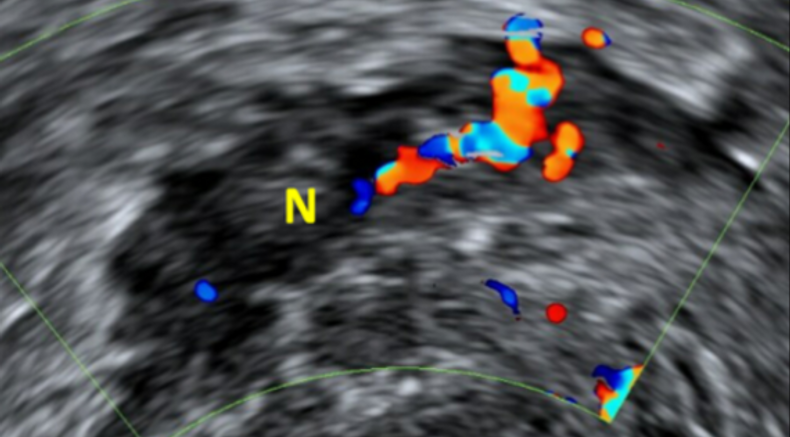Endometriosis is a key topic at the ISUOG World Congress 2024.
According to WHO, approximately 190 million women and girls of reproductive age worldwide suffer from endometriosis, a chronic condition without a known cure. Management primarily focuses on symptom control due to the condition's recurring nature, often requiring long-term treatment.
Treatment options include symptomatic relief to alleviate pain, as well as medical or surgical interventions. A wide range of medical treatments aim to reduce estrogen levels in the body, with the choice of medication tailored to individual symptoms. Surgical interventions, typically performed laparoscopically, may also be considered when warranted.
While laparoscopy is considered the gold standard for diagnosis, it is invasive and costly. In the hands of a skilled operator, endometriosis can be accurately detected using ultrasound and/or MRI. In skilled hands, gynecological ultrasound can not only diagnose endometriosis, assess the extent of the disease, and chart the course for surgical interventions.
Endometriosis profoundly impacts individuals' sexual and reproductive health, quality of life, and overall well-being, highlighting the importance of accurate and timely diagnosis and effective management.

Transvaginal color Doppler image of endometriotic lesion
Image from UOG Journal article: Natural history of endometriosis in pregnancy: ultrasound study of morphology of deep endometriosis and ovarian endometrioma
Why is endometrisos a key topic at ISUOG2024?
Congress scientific program sessions on this topic include:
-
Sonography for ovarian and deep endometriosis: knowledge is power (09:00-17:00, Hall G4-6)
-
Pelvic pain and endometriosis I (11:00-11:40, Hall H)
-
Pelvic pain and endometriosis II (14:30-15:30, Hall P1-2)
-
Current perspectives on adenomyosis and endometriosis (17:00-18:10, Hall P1-2)
Recent UOG Articles
Natural history of endometriosis in pregnancy: ultrasound study of morphology of deep endometriosis and ovarian endometrioma - E. Bean, J. Knez, T. Setty, A. Tetteh, D. Casagrandi, J. Naftalin, D. Jurkovic. First published: 13 July 2023
Prospective diagnostic test accuracy of transvaginal ultrasound posterior approach for uterosacral ligament and torus uterinus deep endometriosis - S. M. Freger, V. Turnbull, K. McGowan, M. Leonardi. First published: 19 September 2023
Triangle sign’: novel and needed supplement to sliding sign for evaluation of obliterated cul-de-sac in patients with retroverted uterus - I. Mick, M. Marien, M. Leonardi . First published: 05 December 2023
Clinical and ultrasound characteristics of deep endometriosis affecting sacral plexus - G. Szabó, A. Bokor, V. Fancsovits, I. Madár, E. Darici, D. Pashkunova, Z. Arányi, A. Fintha, J. Jr. Rigó, L. Lipták, B. Mázsár, G. Hudelist. First published: 05 February 2024
- How should an ultrasound assessment for endometriosis be performed?
- How does ultrasound guide surgery for endometriosis?
- What training does a surgeon-sonologist have?
- How can we improve treatment for endometriosis?

